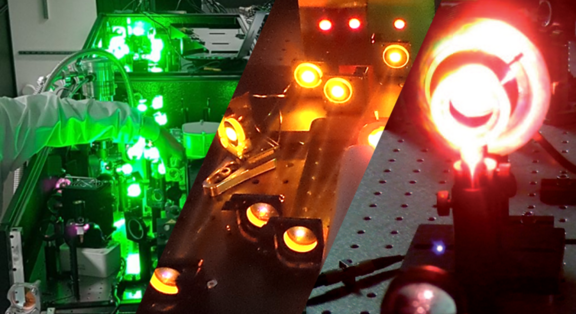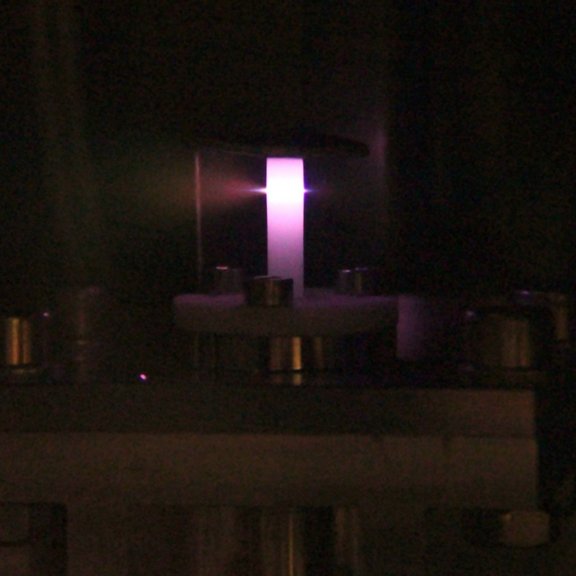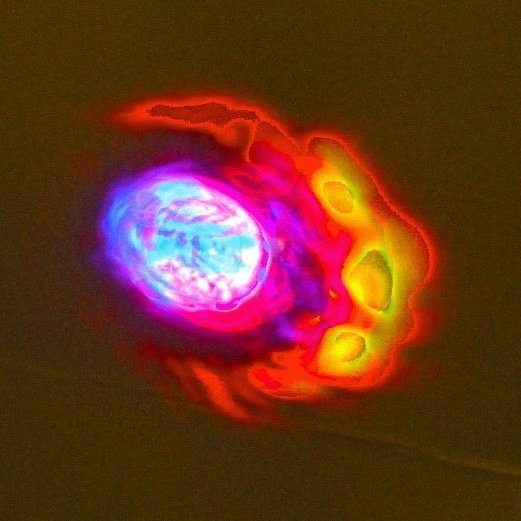Excited Atoms and Molecules in Strong Fields
Pfeifer Divison
Research Group (AG)
Dr. Christian Ott
Excitation is a prerequisite for dynamics. Interaction of charged particles plays a crucial role in the microscopic quantum world of the matter surrounding us. There is a complex dynamical interplay between the negatively charged electrons among each other and with their positively charged atomic nuclei. Ultrafast laser pulses with a duration of only a few femtoseconds (1 fs = 10-15 s) or even attoseconds (1 fs = 10-18 s) are ideal tools to observe these extremely fast interactions. Like formerly Joseph von Fraunhofer observed dark lines in the spectrum of sunlight, we use the broad-band spectrum of our ultrashort laser pulses to detect the characteristics of the excitation processes within atoms and molecules – while their natural dynamics is disturbed by the intense fields of the laser. For example, we are able to specifically control the electron pair of a helium atom in such a way that the energy levels can be shifted for only fractions of the excited lifetime. Such fundamental processes of light-matter interaction are useful for investigating new aspects of nonlinear laser physics in wavelength regions spanning from the far infrared via the visible to the extremely short-wavelength ultraviolet and x-ray light.


